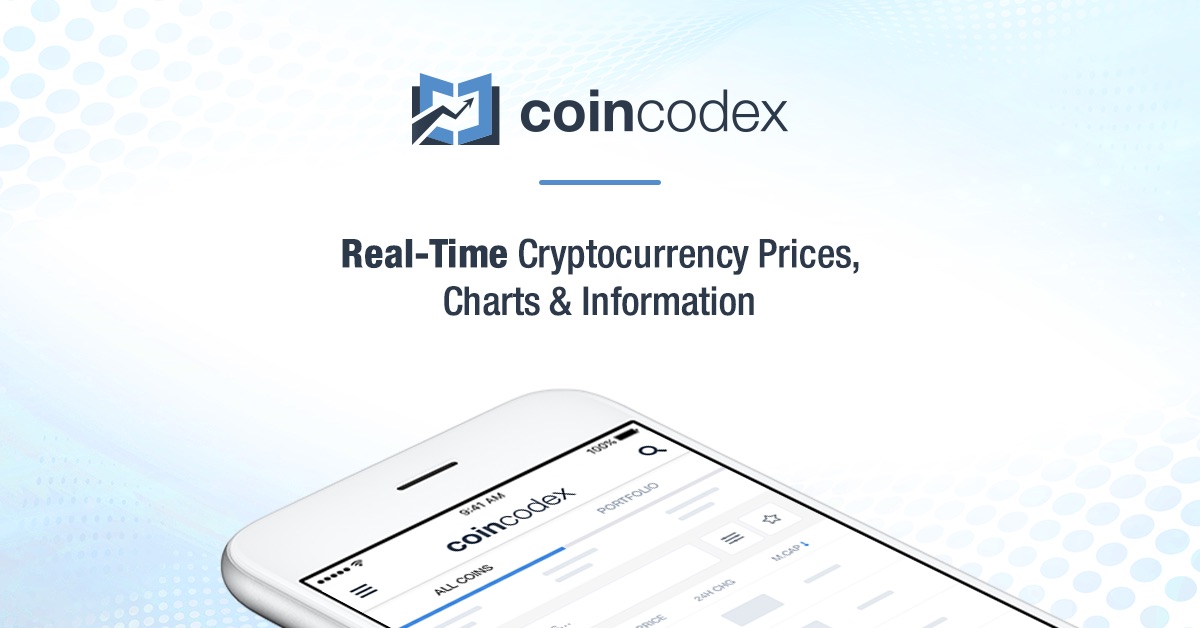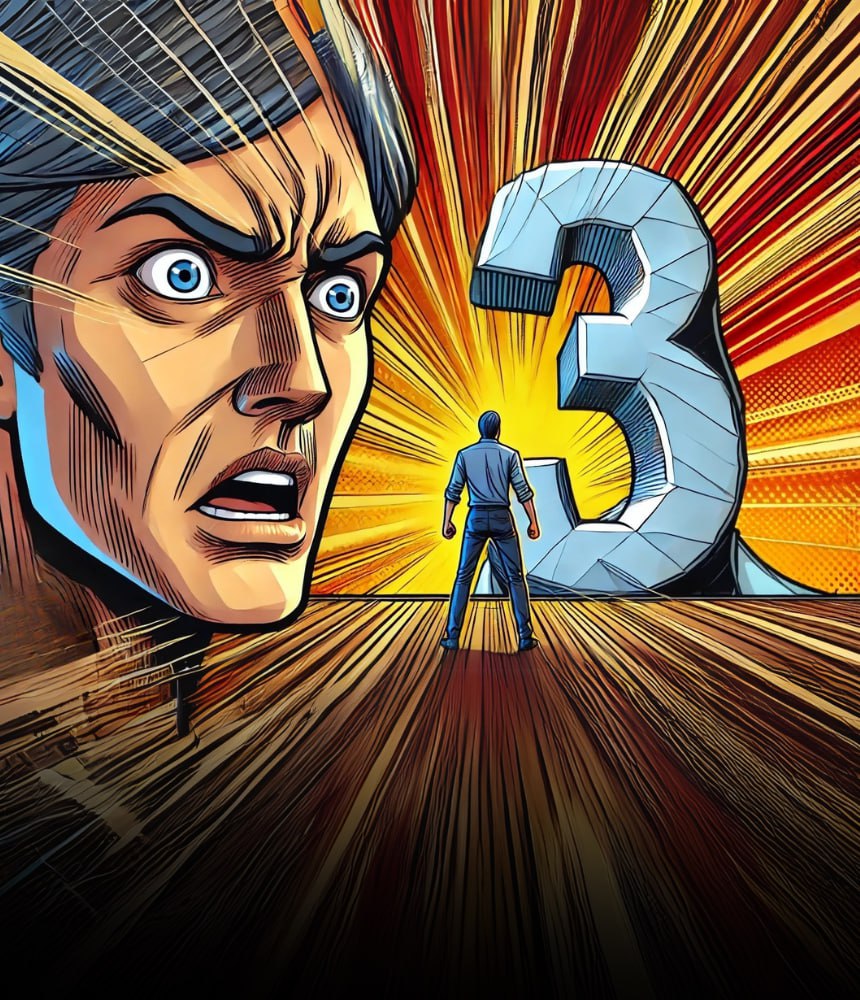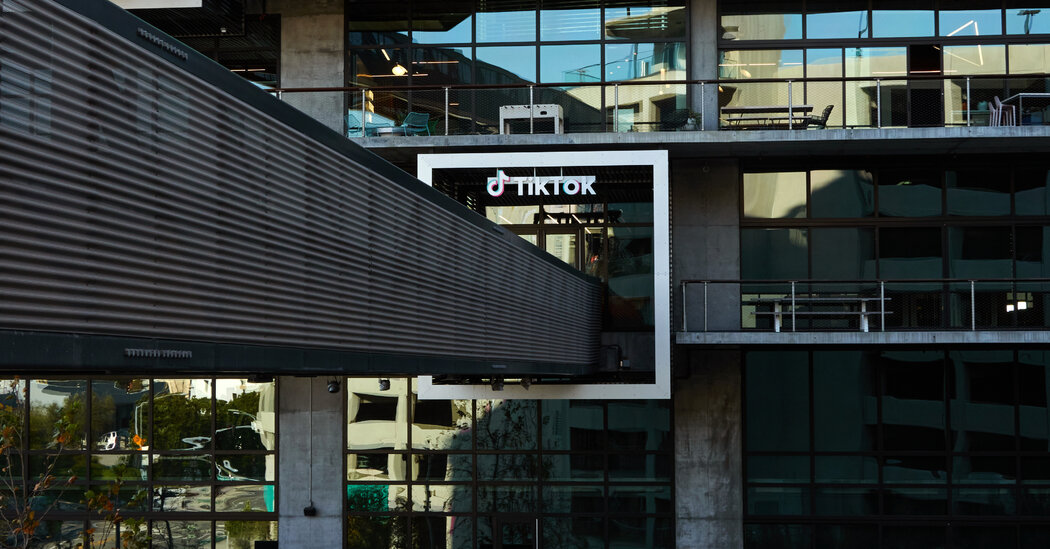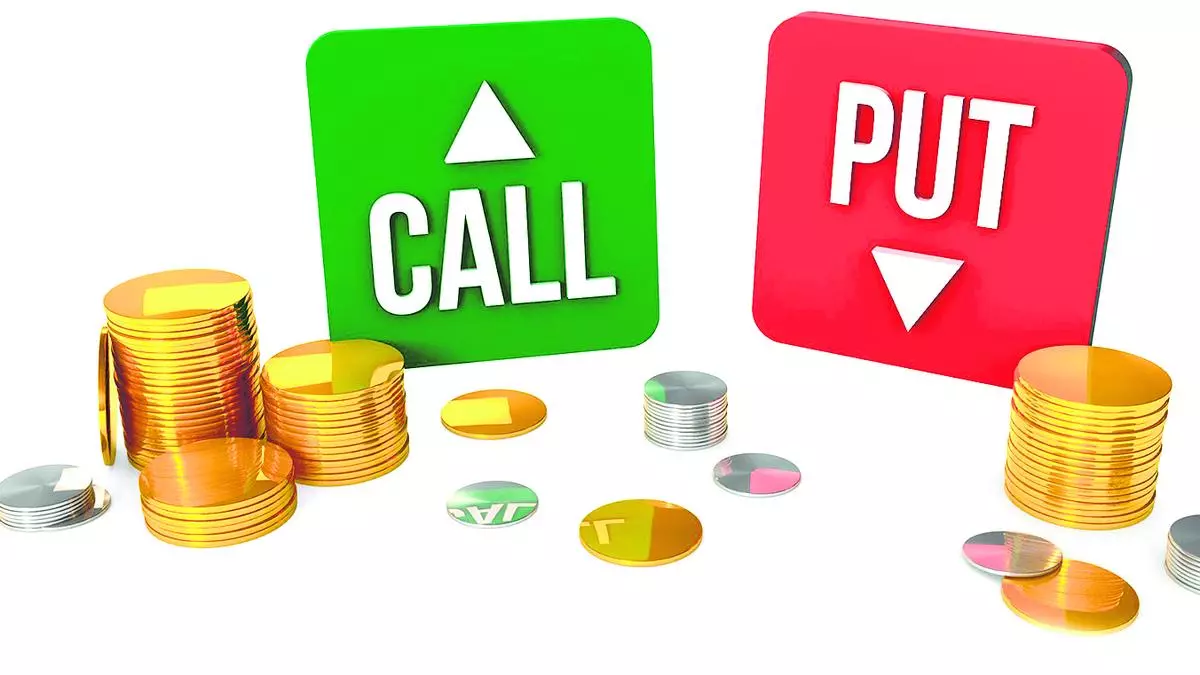The Reserve Bank of India (RBI) warned in its December 2024 Financial Stability Report that the widespread use of digital assets, stablecoins, and tokenization based on blockchain could create significant vulnerabilities to financial stability.
“Widespread usage of crypto-assets and stablecoins has consequences for macroeconomic and financial stability. As highlighted in the IMF-FSB synthesis paper, it could reduce the effectiveness of monetary policy, worsen fiscal risks, circumvent capital flow management measures, divert resources available for financing the real economy and threaten global financial stability,” RBI’s report warned.
“Even though the size of crypto-asset markets remains small, their continued growth and increasing linkages with the traditional financial system could pose systemic risks. Stablecoins also present potential run risks,” the report added.
Prices of BTC, the world’s largest digital currency, surpassed the $100,000 threshold, hitting a record high of over $108,000 on December 17 following United States President-elect Donald Trump’s victory on November 6 as investors stayed positive over his second presidential term. The price of BTC has more than doubled in 2024 alone.
“Crypto-assets’ prices swung wildly and the rally, which faded during March-September 2024, was boosted subsequently, especially after the U.S. election outcome. This has also fuelled market capitalisation of stablecoins, which are primarily used to enable lending, borrowing and trading of other digital assets and support the crypto ecosystem,” the RBI report pointed out.
The RBI has always been suspicious of digital assets, going so far as to recommend a complete ban on their trading. However, the government imposed one of the harshest taxes on digital asset trading—a 30% flat tax on all digital asset income from April 2022 and a 1% tax deducted at source (TDS) from July 2022 on all digital asset trades above 10,000 Indian rupees (US$116). India also does not allow digital asset traders to offset losses against gains.
As luck would have it, Indian digital asset exchanges, grappling with a volume drop of 90% since the imposition of 1% TDS, witnessed five times higher trade volume after Trump’s victory, America’s first ‘crypto president.’
Tokenization threat
“Another new and rapidly growing financial innovation is tokenization, which refers to the process of creating digital representations – known as tokens – of real-world assets using technologies such as distributed ledger technology (DLT). Tokenization of financial assets – bank deposits, money market funds’ shares, repos, and government securities – is rising,” RBI said in its Financial Stability Report.
Blockchain-based tokenization can expose several financial stability vulnerabilities, including liquidity and maturity mismatches, leverage, asset price and quality, interconnectedness, and operational fragilities, RBI warned.
“Given that it is still in its infancy, financial stability concerns of tokenization of assets are currently limited. Nonetheless, it has the potential to deepen the interconnectedness between the traditional financial system and the decentralised financial (DeFi) system, including the crypto-assets ecosystem, and cause spillovers to broader financial system,” RBI stated.
However, most Web3 entrepreneurs feel that tokenizing real-world assets (RWAs) holds significant potential in India. For instance, Timechain Labs, which has been educating developers and channeling talent into the BSV ecosystem, is looking to tokenize real-world assets like mutual funds instead of focusing on digital currencies.
In December, RBI Deputy Governor M. Rajeshwar Rao said the rise of new products like tokenized assets had pushed lawmakers to stay alert and seek appropriate safeguards.
In August, Michael Debabrata Patra, another RBI deputy governor, noted that India’s increasing adoption of blockchain has strengthened the case for tokenized deposits—digital representations of traditional bank deposits stored on secure blockchains. Patra highlighted that tokenized deposits could be utilized in various applications, including domestic and cross-border payments, trading, settlement, and cash collateral management. Moreover, their programmability allows for integration into smart contracts, enabling seamless merging of payment information and value for instant settlement.
Watch: India is going to be the frontrunner in digitalization
title=”YouTube video player” frameborder=”0″ allow=”accelerometer; autoplay; clipboard-write; encrypted-media; gyroscope; picture-in-picture; web-share” referrerpolicy=”strict-origin-when-cross-origin” allowfullscreen>
Source: https://coingeek.com/reserve-bank-of-india-warns-of-digital-asset-threat-to-financial-stability/








Leave a Comment